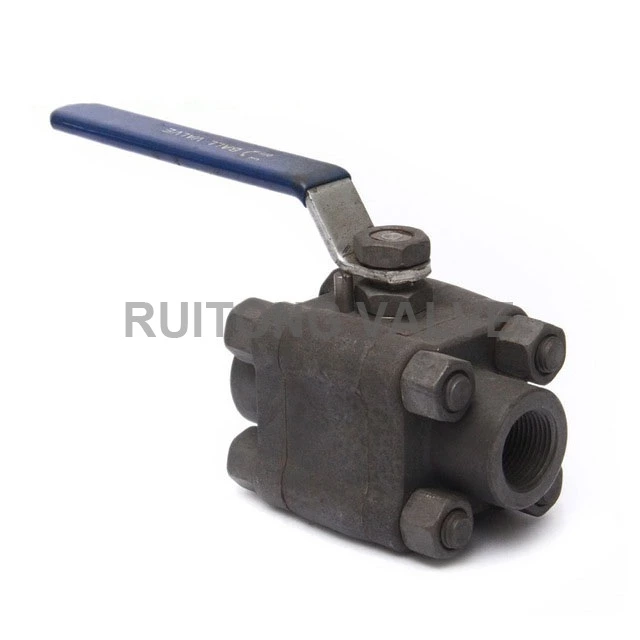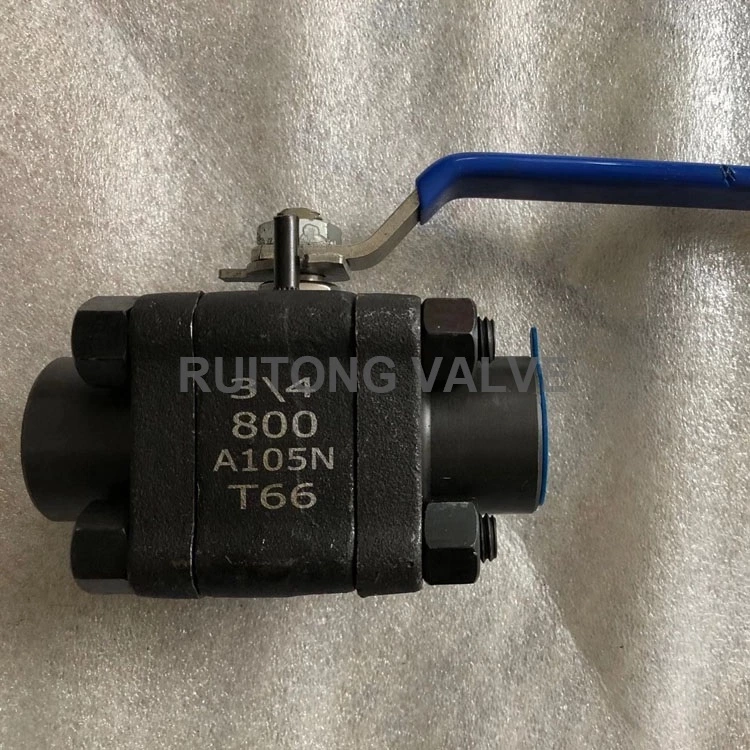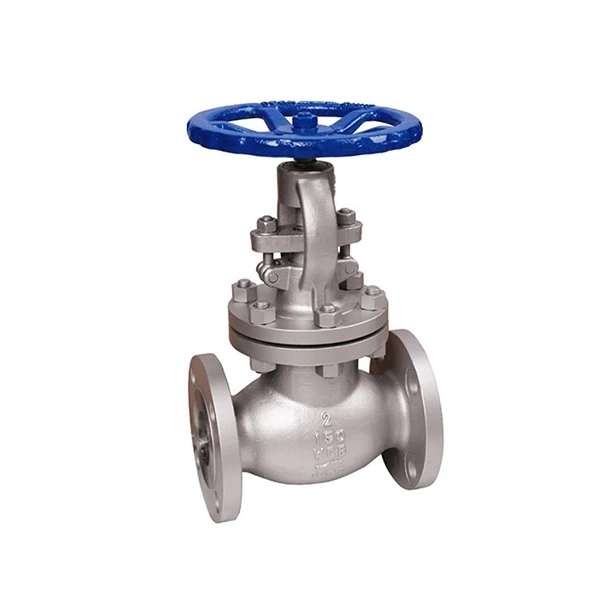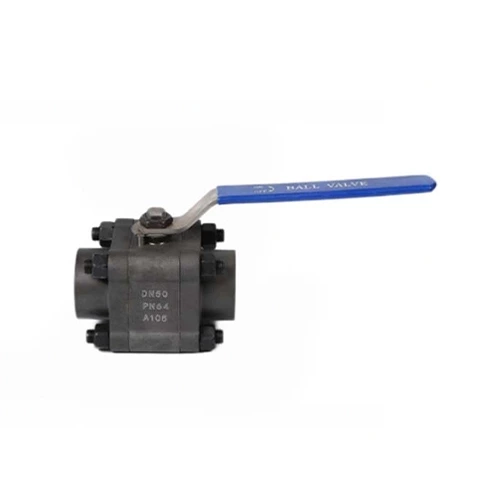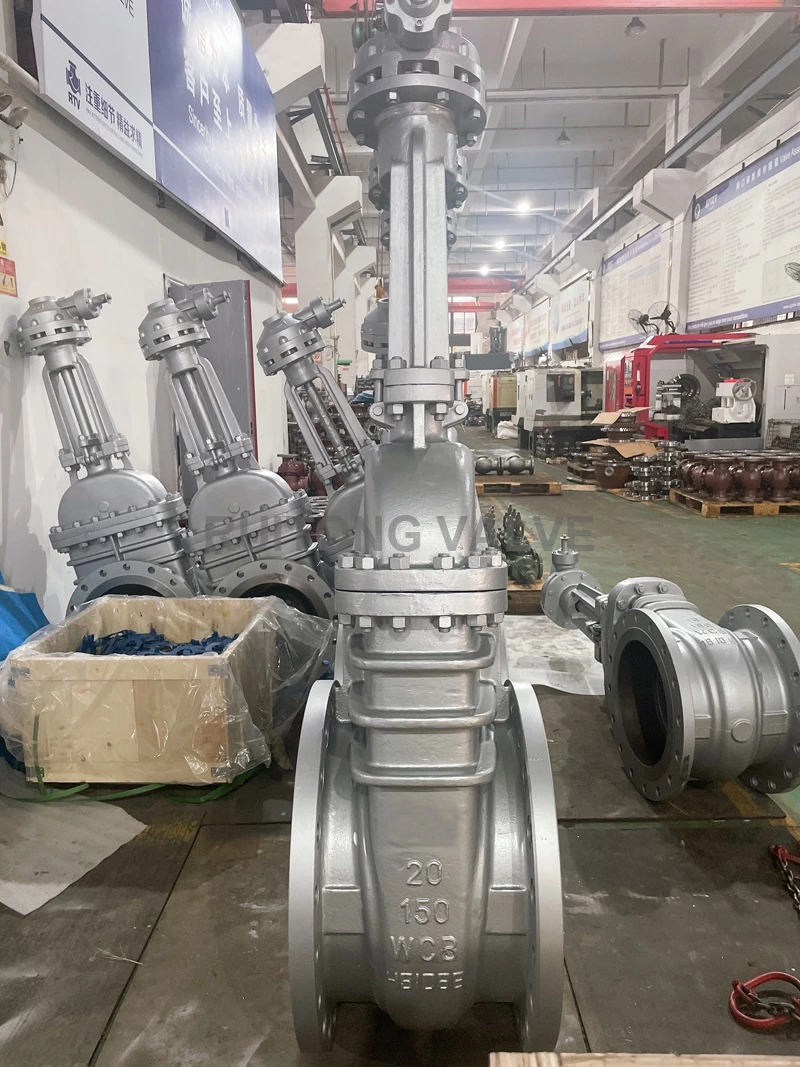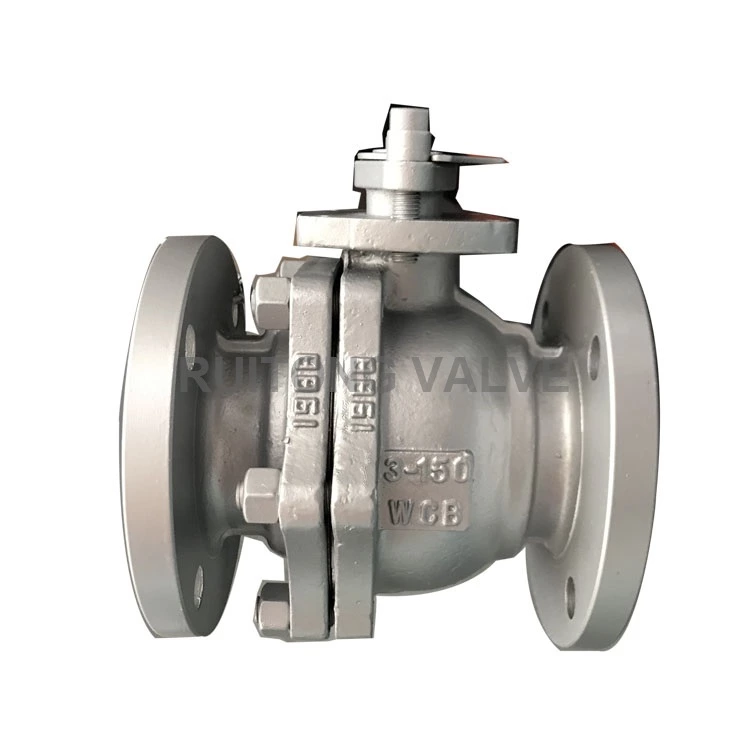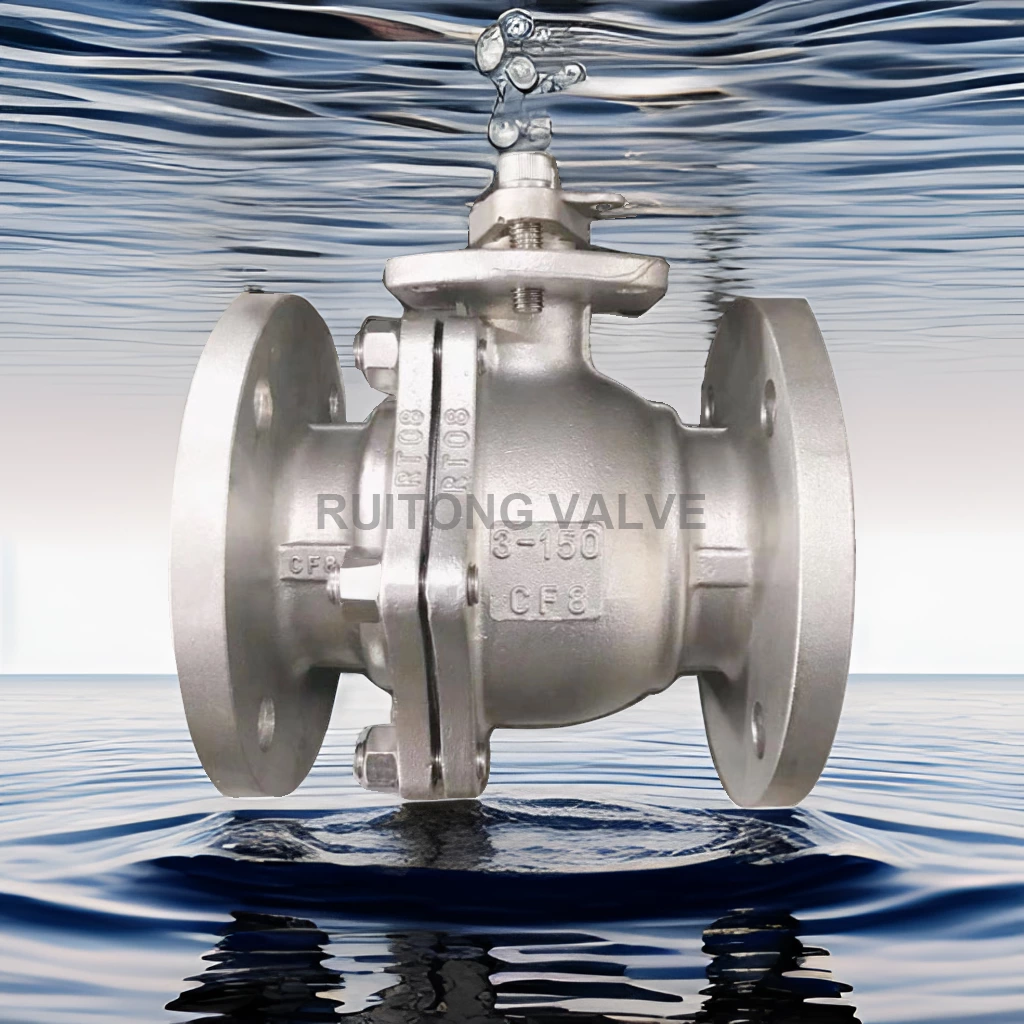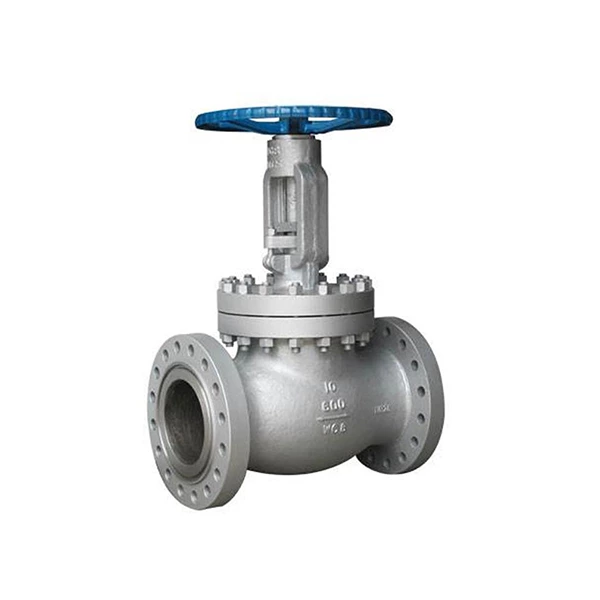What Materials Are Used To Make The Stainless Steel Ball Valve Housing?
Stainless Ball Valve What are the commonly used materials for the shell? The material of the stainless steel ball valve shell mainly considers the physical properties (temperature, pressure) and chemical properties (corrosiveness) of the working medium.
1. Carbon steel (WCA, WCB, WCC)
Suitable for medium and high pressure valves with working temperatures of -29~425℃, among which 16Mn-30Mn has a temperature of -40~400℃, which is often used to replace ASTMA105, and the applicable media are saturated steam and superheated steam, cold and hot oil, liquefied gas, compressed air, water, natural gas, etc.
2. Low temperature carbon steel (LCB)
Low temperature carbon steel and low nickel alloy steel can be used in the temperature range below 0℃, but cannot be extended to the low temperature zone. Suitable for the following media such as seawater, carbon dioxide, acetylene, propylene and ethylene. Suitable for low temperature valves with working temperatures of -46~345℃.
3. Low alloy steel (WC6, WC9)
The valve is suitable for various working media such as saturated and superheated steam, cold oil, hot oil, etc. Can be applied to natural gas and air. Low alloy steel valves can be used up to 600°C, and are suitable for high temperature and high pressure valves with non-corrosive media at working temperatures of -29~595°C.
4. Austenitic stainless steel
Austenitic stainless steel contains 18% chromium and 8% nickel. 18-8 austenitic stainless steel is often used as valve body and valve cover materials under high and low temperature strong corrosion conditions. It is suitable for valves with corrosive media and is suitable for working temperatures of -196~600°C. This is also a very ideal material for low temperature valves.
5. Hastelloy
Hastelloy is mainly used for valves with highly corrosive media such as dilute sulfuric acid.
One is Hastelloy B, which contains 60% nickel, 30% molybdenum and 5% iron. It is particularly resistant to strong corrosion by inorganic acids and is also suitable for ammonium chloride, zinc chloride, aluminum sulfate and ammonium sulfate. The maximum applicable temperature is about 800°C, and the working temperature can be increased in a reducing atmosphere.
There is also a Hastelloy C, which is a nickel-based alloy. The alloy contains 15% chromium and 17% molybdenum, and can be used at temperatures up to 1100°C in oxidizing and reducing atmospheres. It has excellent corrosion resistance and is resistant to hydrochloric acid, sulfuric acid, phosphoric acid, and in many cases is also suitable for nitric acid.
6. Blackheart forged cast iron
Target media include water, seawater, coal gas, and ammonia. Applicable working temperature is -15~300°C, and the nominal pressure PN≤2.5MPa medium and low pressure valves.
7. Gray cast iron
Gray cast iron valves are cheap and widely used. Commonly used water, oil, steam, and gas as media, widely used in chemical industry, printing and dyeing, petrochemical industry, textile, etc., suitable for working temperature of -15~200°C, nominal pressure PN≤1.6MPa low pressure valves.
8. Ductile iron
Ductile iron is a type of cast iron, and its block or spherical graphite replaces the flake graphite of gray cast iron. The mechanical properties have been improved. Applicable media include water, seawater, steam, air, gas and oil. Suitable for medium and low pressure valves with working temperature of -30~350℃ and nominal pressure PN≤4.0MPa.

